Drought management
Drought is a fundamental part of the Australian landscape. With one of the most variable rainfall climates in the world, severe drought affects some part of Australia about once every 18 years. Time between severe droughts have varied from four to 38 years and the impacts of climate change will mean longer dry periods, particularly in inland areas of NSW.
The department plays a vital role in managing, allocating and protecting the water resources of NSW. This is especially important during extreme events such as droughts or poor water quality events.
As a drought becomes more severe, the available water is managed to prioritise critical human water needs and in accordance with NSW water sharing priorities. The department works in partnership with local water utilities in regional NSW to manage town water supplies during drought.
The Minister may also restrict the use of surface or groundwater (by order under section 324 of the Water Management Act 2000) to cope with a water shortage or threat to public health or safety.
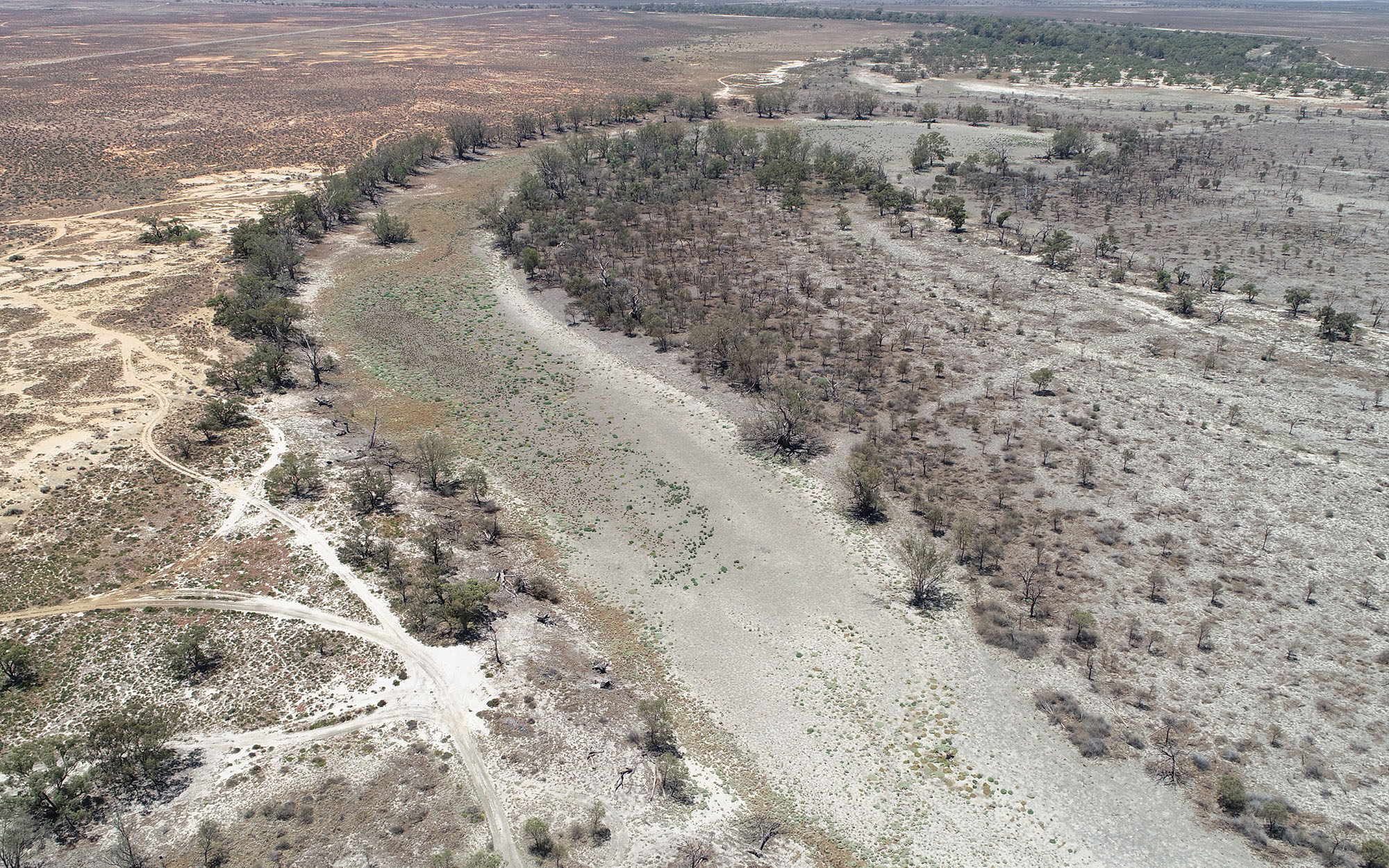
During 2017 to 2020, large areas of NSW faced severe water shortages. Between January 2017 and December 2019, NSW temperatures were the warmest and rainfall was the lowest on record. Find out more about our drought recovery actions.
What are the four drought stages
Watch the video to learn about the department's drought stages.
Extreme events
The NSW Government has developed an extreme events policy (PDF, 974.16 KB) and incident response guides for all surface and groundwaters in the Murray Darling Basin. The guides are included in each of the water resource plans as they are placed on public exhibition.
Extreme events are defined under the NSW Water Management Act 2000 and the Commonwealth Water Act 2007. They are:
- Prolonged dry periods,
- water quality events that risk not satisfying local uses and values, or
- any other event which has led to a management plan being suspended in the past 50 years.
Extreme events policy
The Extreme Events Policy (PDF. 974KB) establishes the principles by which all water resources within the NSW Murray-Darling Basin will be managed during an extreme event. It aims to ensure critical human water needs are met. It also gives effect to the water sharing priorities under Section 60 of the Water Management Act 2000.
The policy framework establishes a staged approach and provides a range of measures for water managers to deploy as conditions deteriorate.
In the case of a drought event, the management response involves progressively introducing more stringent measures to support the highest priority needs as the event becomes more critical. For water quality events, management responses will be guided by the type of event.
The incident response guides provide further detail on possible actions during drought and water quality events. The IRGs have been developed as part of the water resource planning process.
| Criticality | Evidence | Intent of responses | |
|---|---|---|---|
| Surface water | Groundwater | ||
Stage 1
| Can deliver all account water under normal river operations practices. | Groundwater levels remain within acceptable ranges, with annual recovery as expected given rainfall/recharge events. | Provide certainty for water use planning. Long term water security and emergency/drought contingency planning. |
Stage 2 Emerging drought / water shortage
| Unable to deliver 100% of high priority account water and maximum expected use of general security under normal river operations practices. | Unacceptable groundwater level and or pressure declines potentially or actually impacting on groundwater availability to high priority groundwater dependent ecosystems, basic landholder rights and local water utilities. Drawdown to levels that could lead to aquifer subsidence. | Operational measures in the current water year to reduce transmission losses and prevent potential future failure to supply water in accounts (surface water). Limit potential impacts in local areas via dealings restrictions and potential local area access restrictions (groundwater). Drought response readiness - local water utilities. |
Stage 3 Severe drought / water shortage
| Only able to deliver restricted high priority demands and restricted remaining general security account water. | Continuing unacceptable groundwater level or pressure declines. Unacceptable drawdown impacts on ‘efficiently constructed’ basic landholder right bores (i.e. levels below the pump or deeper than the bore). Evidence of aquifer compaction. | Restricting access to account water, restricting trade and suspending some water sharing plan rules in addition to increased operational measures to prevent potential future failure to supply water in accounts (surface water). Restrict access from bores in all affected areas. Drought management/ restrictions - local water utilities. |
Stage 4 Critical drought / water shortage
| Only able to deliver restricted town water supply, stock and domestic and other restricted high priority demands. | Water level declines pose a risk to long term availability of the groundwater resources - subsidence, and/or mobilisation and induced flow of poorer water quality. Access by ‘efficiently constructed’ BLR bores significantly impacted. | Suspension of some water sharing plan rules. Severe restrictions required to prioritise remaining supplies for critical human water needs (surface water and groundwater). Avoidance of permanent damage to aquifers (compaction or salinization). Emergency drought management measures/restrictions - local water utilities. |
In addition, Critical Water Advisory Panels will be established when the criticality level of an extreme event is declared at Stage 2 or above for surface water, and stage 3 or above for groundwater.
The key role for the Panels is to provide advice to the department on appropriate response measures and criticality levels and to provide input on local views.
Further information can be found in the Critical Water Advisory Panels fact sheet (PDF, 278.98 KB).
The current stage is included in the individual valley water allocation statements and the summary of allocations on the department’s website.
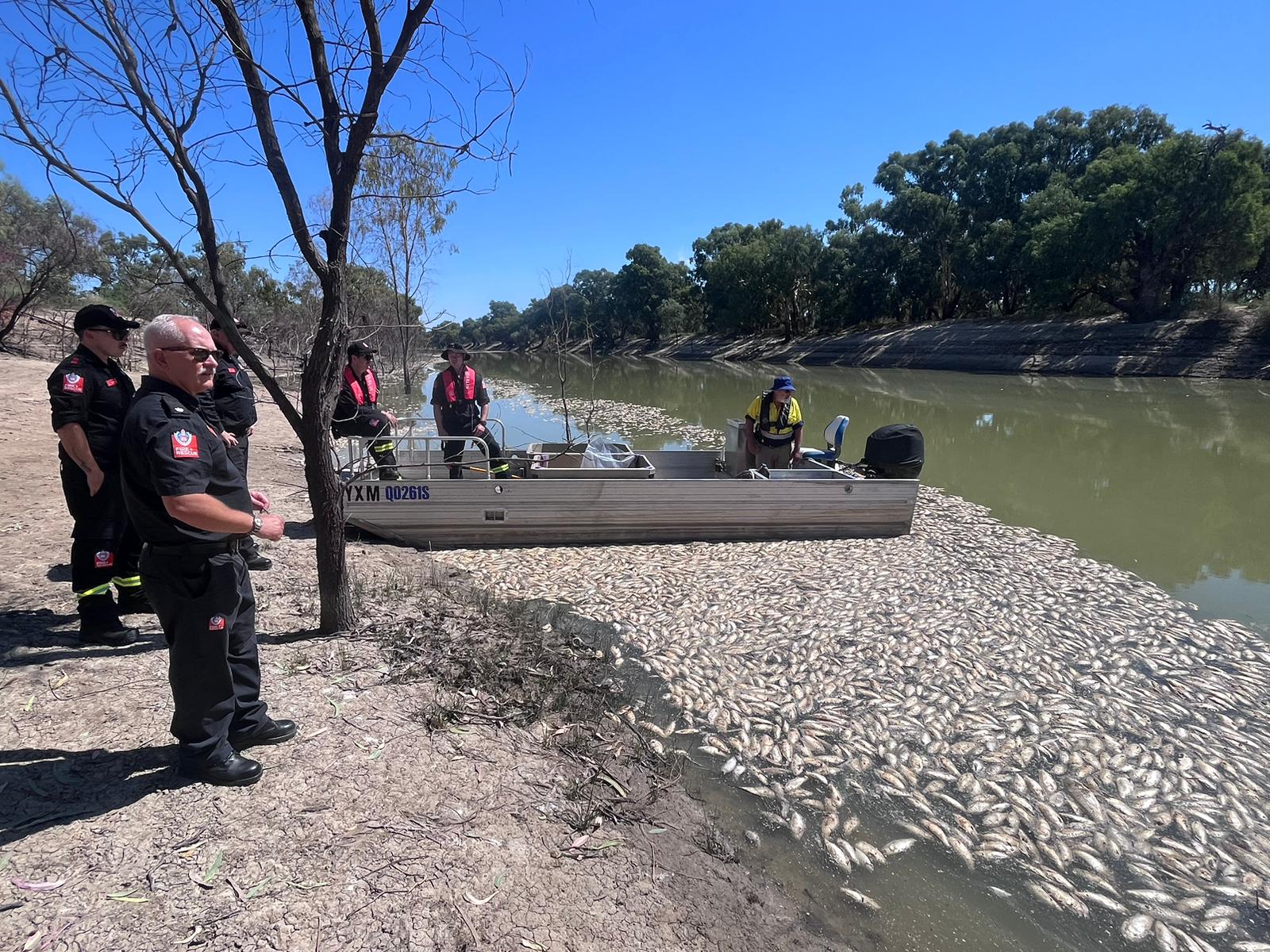
Information and updates on the ongoing monitoring and management of fish deaths in the Lower Darling-Baaka River at Menindee and downstream.
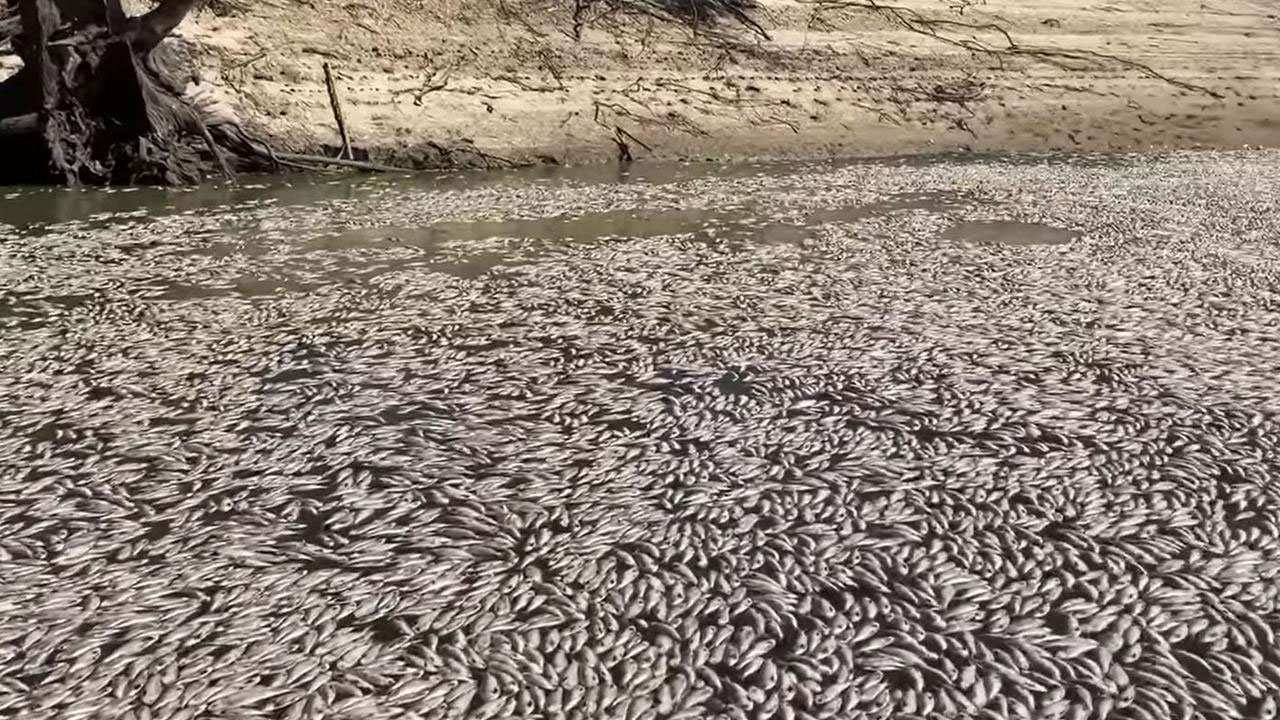
Find information about blackwater including water quality stages, dissolved oxygen water quality updates and details on historic blackwater events.
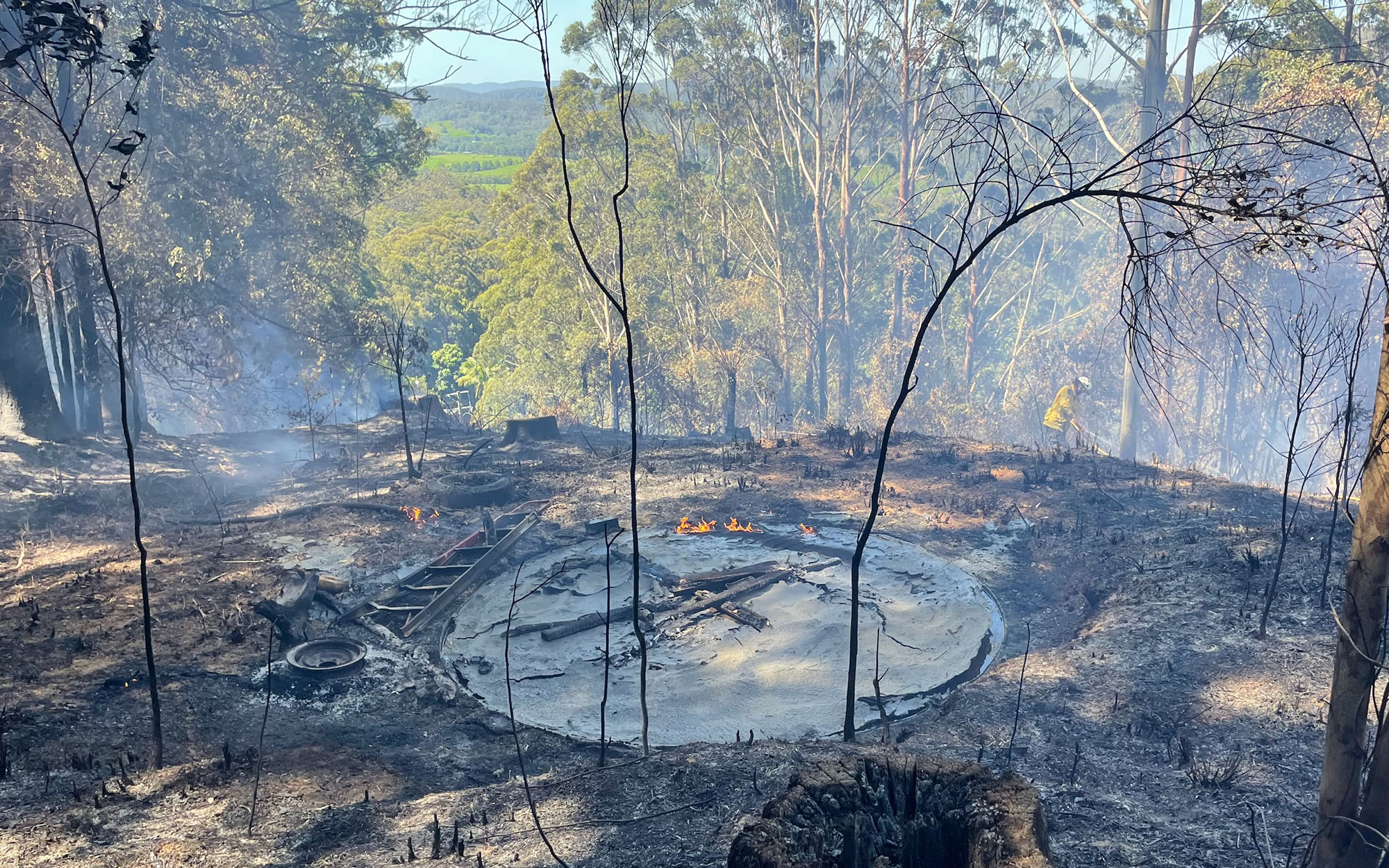
New exemptions for providing access to water for fire preparedness and fire fighting.
Flood management
Water availability during high flows or flood
During periods of high flow, water is shared in accordance with the water sharing plan.
In the case of very high and flood flows, WaterNSW works with the State Emergency Service to manage flows and provide timely information to affected communities.
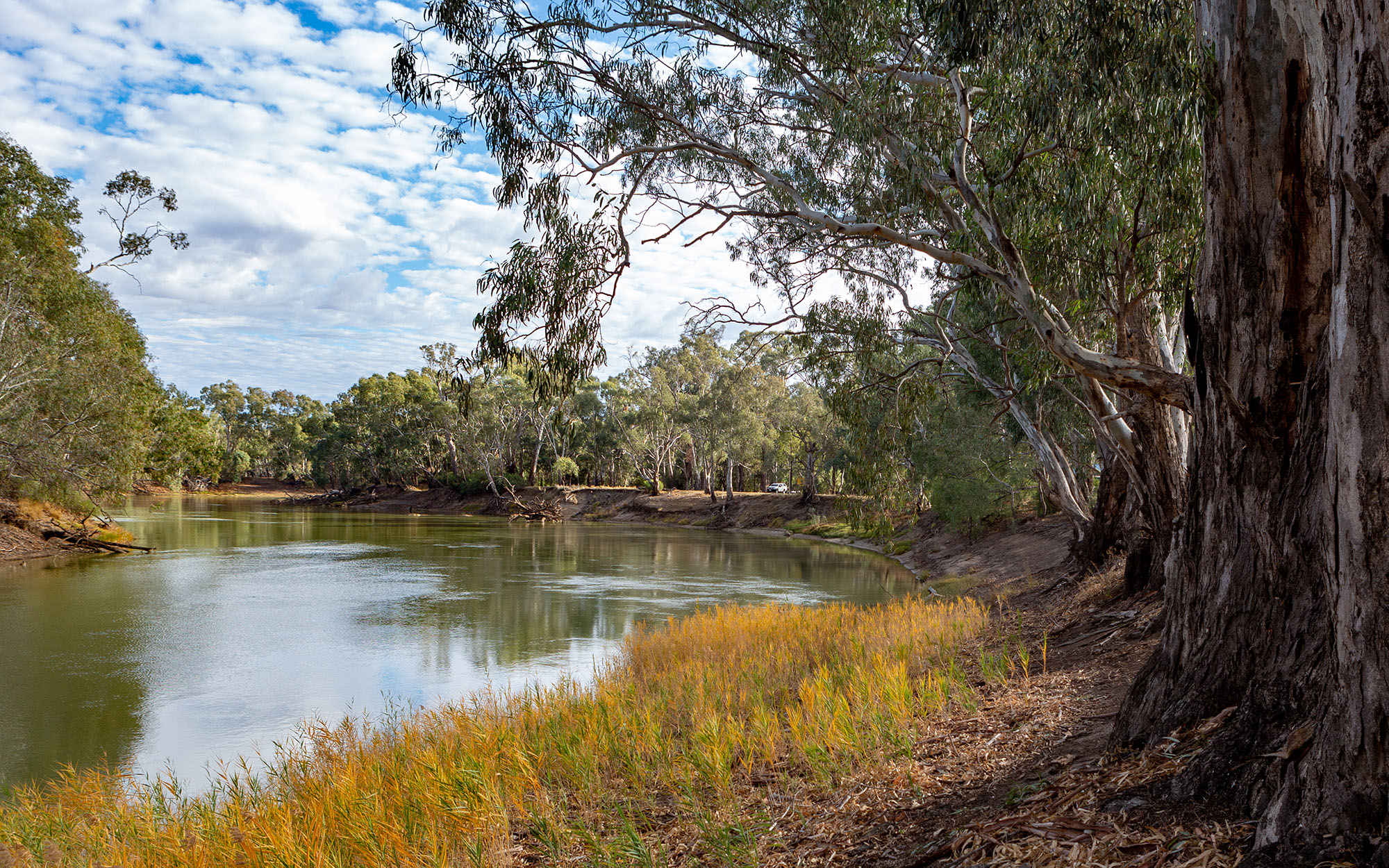
Water sharing plans are the main tool in a broader framework for managing the water resources of NSW.

We regulate floodplain harvesting through licensing, measurement and management.
Monitoring water during flood
Collecting and sharing data plays an important role in day-to-day water management activities across the state. During flood events this role becomes even more critical for flood forecasting and flood management.
Learn more about WaterNSW water monitoring.

WaterNSW manages over 700 telemetered water monitoring sites. This network is a critical element in decision making by key agencies such as Bureau of Meteorology and the State Emergency Services.
